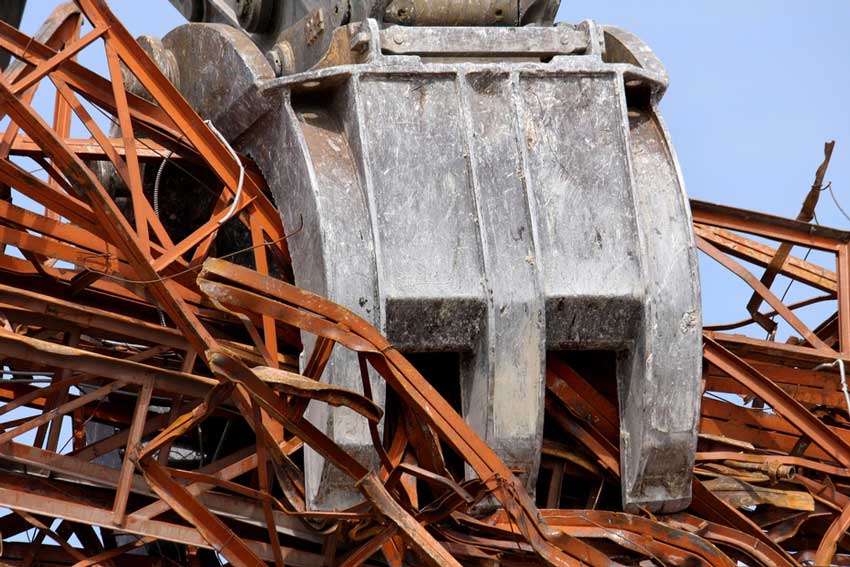
The very term “demolition” could bring many different images or ideas to one’s mind. Generally speaking, the negative or more wild angles may have come from unsafe or amateur sources, as opposed to the professional service you might get from companies such as Little’s Excavating, and without taking into account that it is sometimes necessary to remove an unsafe structure and/or to begin the process of building a new one.
Here are a few tips to help understand what all goes into this process when approached properly in a professional context.
- It doesn’t have to be “demolition derby” – chaos for its own sake. Professionally handled, demolition is a well-planned out, carefully considered part of the larger process of taking a property owner’s parcel from Point A to Point B; that is, making it look and function the way you want it. It isn’t slamming brick walls recklessly with a wrecking ball; it’s taking apart a structure by the intersection of the safest and most efficient means possible. Efficiency, in this context, isn’t just about time and money; it’s about maximizing those by being safe and keeping everyone on the job, both our employees and those whose place we are preparing.
- Demolition isn’t a particularly common means of destroying historic structures. Statistically, the primary reason an excavation service would be called to a historic home or building would be to safeguard its preservation, through moving or repurposing it or otherwise protecting a possible vulnerability. This is not to say that the safest thing to do to an aging building is not sometimes to demolish it, but any idea that that is the main function of the demolition arm of a professional excavation service is wrong.
- Demolition can be perfectly environmentally friendly. Done correctly, the demolition process does not leave long-lasting negative effects on the ecosystem around it. Any professional service contracted to do so would go above and beyond to make sure harmful chemicals or substances were handled and disposed of properly – the law requires it – and the same would go for the leavings of a former structure. The environment around a building to be demolished would be an additional consideration in planning how to execute such a project.
- Demolition isn’t always prohibitively pricey. Avoiding sweeping statements such as “this is too expensive” is best here, because no two job sites are exactly the same. It’s also worth considering that having a job done professionally and efficiently will in the long run save time and money, as opposed to a less-considered attempt at a complex process that could compromise resources and safety.
Little’s Excavating stands ready to aid in any excavation or demolition procedure you may have planned, and will do it in a careful, safe and professional manner.
